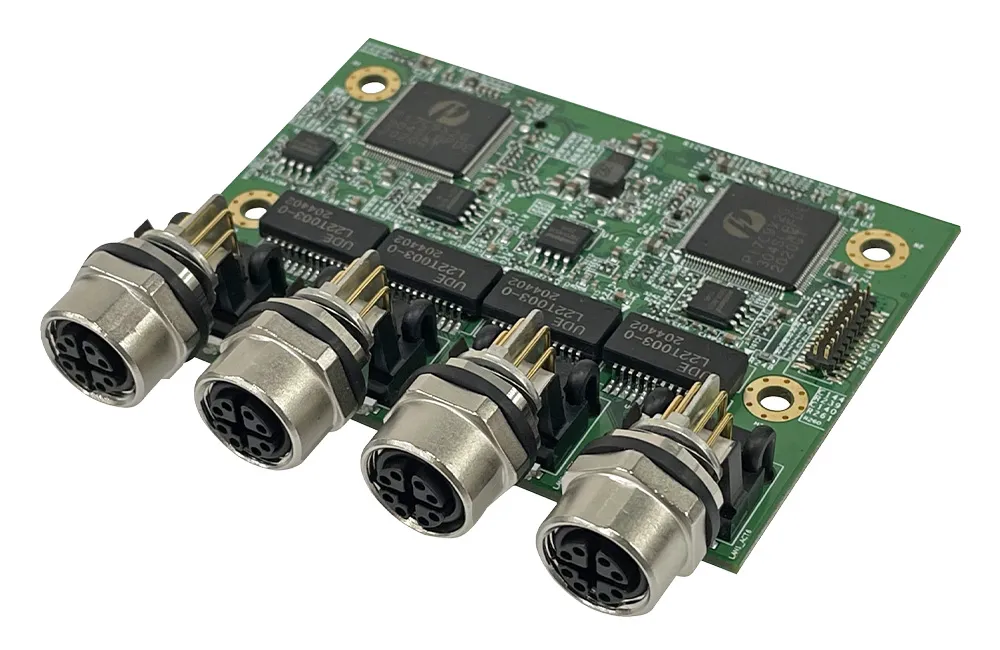U-blox has announced LISA, a new family of small, ultra-fast wireless modems that enables a wide range of high-bandwidth applications such as mobile computing, car infotainment, telematics systems and handheld terminals where wireless high-speed Internet connection is essential. It also provides secure data exchange to support sensitive applications such as automatic meter reading, fixed wireless terminals, telehealth, remote displays and point of sales terminals.
February 3, 2012
Read time: 2 mins
The modules provide high performance with uplink data speeds of up to 5.7Mb/s (HSUPA) and downlink data speeds of up to 7.2Mb/s (HSDPA) using UMTS/WCDMA technology. LISA also supports quad-band GSM/GPRS/EDGE (2G). The module series comes in a compact 33.2x22.4x2.7mm surface-mount package.
The family includes variants supporting dual-band UMTS frequencies in EMEA/Asia and the Americas (900/2,100MHz and 850/1,900MHz), plus versions dedicated to data-only applications. All modules are optimised to work with U-blox's GPS receivers via direct interface. LISA follows U-blox's highly successful LEON 2G module and is layout compatible to enable mounting of either module on the same PCB footprint.









